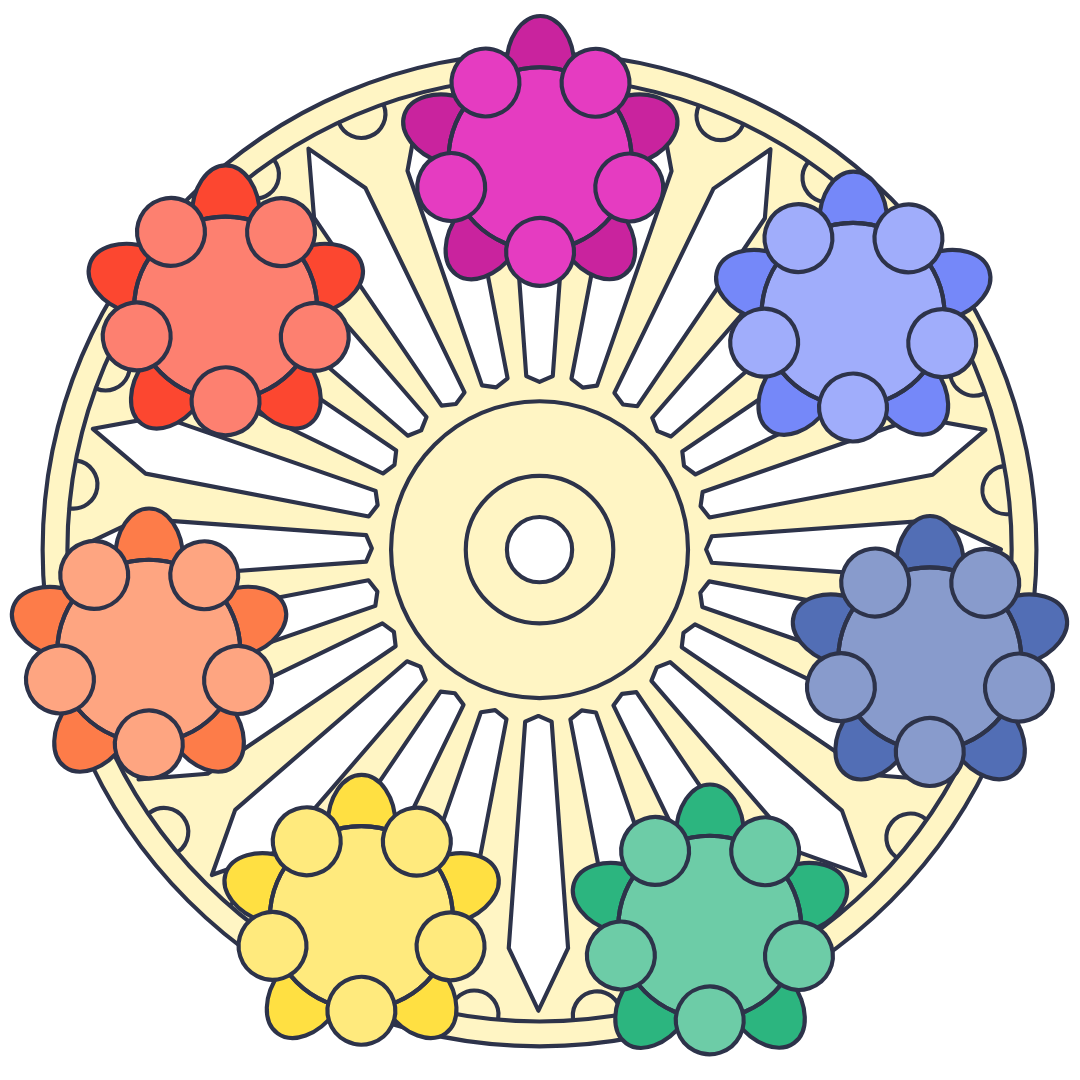Circular economy storytelling is a powerful tool for educating, inspiring, and engaging audiences in the concept of sustainability and resource efficiency. It involves the use of narratives, visuals, and interactive features to communicate the principles and benefits of the circular economy. The storytelling approach helps to make complex concepts more accessible and relatable to a wide range of audiences, from consumers and businesses to policymakers and educators. By weaving together real-life examples, case studies, and success stories, circular economy storytelling can effectively convey the potential for positive change and inspire action towards a more sustainable future.
Circular economy storytelling is not just about presenting facts and figures; it is about creating an emotional connection and sparking a sense of curiosity and wonder. Through compelling narratives and engaging visuals, storytelling websites can capture the imagination and inspire people to rethink their relationship with resources and waste. By highlighting the innovative solutions and success stories of businesses, communities, and individuals who are embracing the circular economy, storytelling websites can showcase the potential for positive impact and change. In this article, we will explore the criteria for ranking circular economy storytelling websites, examine some of the top-ranked platforms, delve into case studies and success stories, analyze interactive features and user engagement, and discuss the impact and influence of these websites. We will also look at future trends in circular economy storytelling and the potential for further innovation in this space.
Criteria for Ranking Circular Economy Storytelling Websites
When evaluating circular economy storytelling websites, there are several key criteria to consider. Firstly, the quality and depth of content are crucial. A top-ranking website should offer a rich array of stories, case studies, and resources that cover a wide range of topics within the circular economy. The content should be well-researched, accurate, and engaging, with a focus on real-world examples and practical insights. Secondly, user experience is important. The website should be easy to navigate, visually appealing, and accessible across different devices. Interactive features such as videos, infographics, and quizzes can enhance user engagement and make the content more dynamic and memorable.
Another important criterion is credibility and authority. A top-ranking website should be backed by reputable organizations or experts in the field of sustainability and circular economy. It should provide clear attribution for sources and demonstrate a commitment to accuracy and transparency. Additionally, the website’s impact and reach are key considerations. A top-ranking platform should have a strong following and a track record of influencing positive change in attitudes and behaviors towards sustainability. Finally, innovation and creativity are important criteria. A top-ranking website should demonstrate a fresh approach to storytelling, using new technologies or formats to captivate audiences and drive meaningful engagement.
Top-Ranked Circular Economy Storytelling Websites
Several websites stand out as leaders in circular economy storytelling. One such platform is Circulate, which is produced by the Ellen MacArthur Foundation. Circulate offers a wealth of articles, videos, and podcasts that explore the latest developments in the circular economy. The content is well-researched and thought-provoking, covering a wide range of topics from design innovation to sustainable fashion. The website also features interactive elements such as quizzes and polls to engage users and encourage participation.
Another top-ranking website is The Circular Economy, which is run by the World Economic Forum. This platform provides a mix of news articles, case studies, and opinion pieces that delve into the business implications of the circular economy. The content is well-curated and authoritative, drawing on insights from leading experts and industry leaders. The website also offers interactive features such as webinars and virtual events to foster dialogue and collaboration among its audience.
Case Studies and Success Stories in Circular Economy
One of the most compelling aspects of circular economy storytelling is the use of case studies and success stories to illustrate the real-world impact of sustainable practices. These stories can inspire others to take action and demonstrate the potential for positive change. For example, the case study of Interface, a global flooring company, showcases how the company has embraced circular design principles to reduce waste and carbon emissions. By rethinking its product lifecycle and embracing recycled materials, Interface has been able to achieve significant environmental benefits while also driving business growth.
Another success story comes from the fashion industry, where companies like Patagonia have demonstrated a commitment to circularity through initiatives such as garment repair and recycling programs. By highlighting these examples of innovation and leadership, circular economy storytelling websites can inspire others to follow suit and drive further progress towards a more sustainable future.
Interactive Features and User Engagement on Circular Economy Storytelling Websites
Interactive features play a crucial role in engaging audiences and making the content more memorable and impactful. Circular economy storytelling websites often incorporate elements such as videos, infographics, quizzes, and virtual events to captivate users and encourage participation. For example, interactive quizzes can test users’ knowledge of sustainability concepts while also providing valuable insights into their attitudes and behaviors. Virtual events such as webinars or live Q&A sessions can foster dialogue and collaboration among audiences, creating a sense of community around the topic of circular economy.
In addition to these features, some websites also offer tools or resources that empower users to take action in their own lives or businesses. For example, a website might provide a carbon footprint calculator or a guide to sustainable purchasing decisions. By offering these practical resources, storytelling websites can help to bridge the gap between inspiration and action, empowering audiences to make meaningful changes in their daily lives.
Impact and Influence of Circular Economy Storytelling Websites
The impact of circular economy storytelling websites can be far-reaching, influencing attitudes, behaviors, and policies towards sustainability. By presenting compelling narratives and real-life examples, these platforms can inspire individuals to rethink their relationship with resources and waste. They can also educate businesses about the potential for innovation and growth within the circular economy. Furthermore, storytelling websites can influence policymakers by showcasing successful initiatives and advocating for supportive regulations or incentives.
The influence of these platforms can also extend to broader cultural shifts towards sustainability. By engaging audiences in meaningful dialogue and fostering a sense of community around the topic of circular economy, storytelling websites can help to build momentum for positive change. As more people become aware of the potential for a circular economy to create value while reducing environmental impact, the demand for sustainable products and services may increase, driving further innovation and investment in this space.
Future Trends in Circular Economy Storytelling Websites
Looking ahead, there are several exciting trends on the horizon for circular economy storytelling websites. One key trend is the use of immersive technologies such as virtual reality (VR) or augmented reality (AR) to create more impactful and memorable experiences for users. These technologies can transport audiences into virtual environments where they can explore innovative solutions or witness the impact of sustainable practices firsthand.
Another trend is the integration of personalized content recommendations based on user preferences and behaviors. By leveraging data analytics and machine learning algorithms, storytelling websites can deliver tailored content that resonates with individual interests and motivations. This personalized approach can enhance user engagement and drive deeper connections with the audience.
Furthermore, we may see an increase in collaborative storytelling initiatives that bring together diverse voices from different sectors and regions to share their perspectives on the circular economy. By fostering dialogue and collaboration among a wide range of stakeholders, these initiatives can help to build a more inclusive and holistic understanding of sustainability challenges and opportunities.
In conclusion, circular economy storytelling websites play a vital role in educating, inspiring, and engaging audiences in the concept of sustainability and resource efficiency. By leveraging compelling narratives, visuals, interactive features, and user engagement strategies, these platforms can influence attitudes, behaviors, policies, and cultural shifts towards a more sustainable future. As we look ahead to future trends in this space, we can expect to see continued innovation in immersive technologies, personalized content recommendations, and collaborative storytelling initiatives that further elevate the impact of circular economy storytelling websites.

